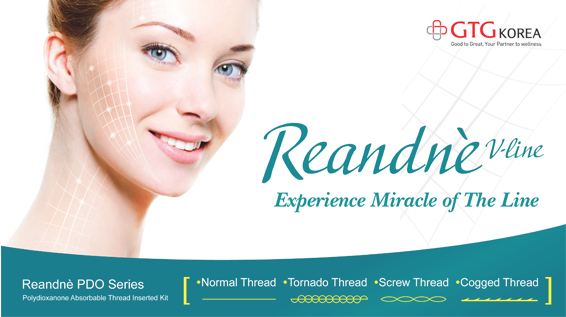
We talked about Son's Cocktail. The reason I started using this IVNT was because it effectively enhanced the main effects of Myer’s Cocktail; energy boost, stress and pain relief, as well as provided better safety including hepatoprotection. In short, this method can be called Son's Energy Cocktail.
In this article, I’d like to talk about Ecodoc's Cocktail. This method adds choline, L-carnitine, and NAC (N-Acetylcysteine) to Son’s Cocktail.
These three ingredients each have different effects but when combined they can enhance brain function. Ecodoc’s Cocktail can be called Smart Cocktail. It helps boost energy, destress, relieve pain, provides antioxidant action, and improve brain functions.
Following are the basic IVNTs; First stage is Megadose Vitamin C therapy; Second stage is Myers' Cocktail; Third stage is Son's Cocktail; and the Fourth stage is Ecodoc's Cocktail. The later stages can be seen as upgrades to the lower stages.
[Advertisement] Reandnè Thread Series – Manufacturer: GTG KOREA(www.gtgkorea.com)
The word Ecodoc in Ecodoc's Cocktail is my nickname coined from combining the words “ecology” and “doctor.” Ecology is a field of science that deals with organisms, environment, interactions between organisms and environment and social functions of organisms, etc. I am licensed in both Preventive Medicine and Occupational and Environmental Medicine. Therefore, I have varying interests ranging from prevention to environment, occupation and social relationships, etc.
Choline Alfocerate Therapy
To understand the Choline Alfocerate Therapy, it is important to understand the phospholipid structure. Phospholipids largely consist of four main components. The two fatty acids (saturated and unsaturated) work as legs, glycerol work as the pelvis, and the phosphate group functions as the upper body, and the choline group functions like the head. Among these, the fatty acids are hydrophobic and exist in the intracellular domain. The choline group is hydrophilic and form the exterior of the cell membrane. Fatty acids detach from phospholipids and are replaced by hydrogen to form glycerophosphorylcholine (GPC), also known as choline alfoscerate (Image 2).
.jpg)
Image 2. Phospholipid and choline alfoscerate.
Vascular absorption of GPC leads to detachment of choline group which bonds with acetyl to form acetylcholine. It performs neurotransmitter functions (Image 3). Glycerophosphate that remains after detachment of choline is used as the ingredient for regenerating the neuronal membrane.
.jpg)
Image 3. Generation of acetylcholine.
Briefly, acetylcholine’s functions include vasodilation, pulse rate control, strengthening of gastric functions, promoting perspiration, as well as improving learning ability, memory, sleep and brain functions.
L-carnitine
L-carnitine used to be categorized as vitamin B4 but in fact lies on the boundary between amino acids and vitamins B due to its structural similarity to amino acids. It is currently categorized as an amino acid. It is generally biosynthesized using iron, vitamins B1 and B6, lysine, and methionine. Sufficient vitamin C levels are known to promote synthesis of L-carnitine. Acetyl group attaches to L-carnitine to form acetyl L-carnitine (ALCAR) .
-To be continued-




















